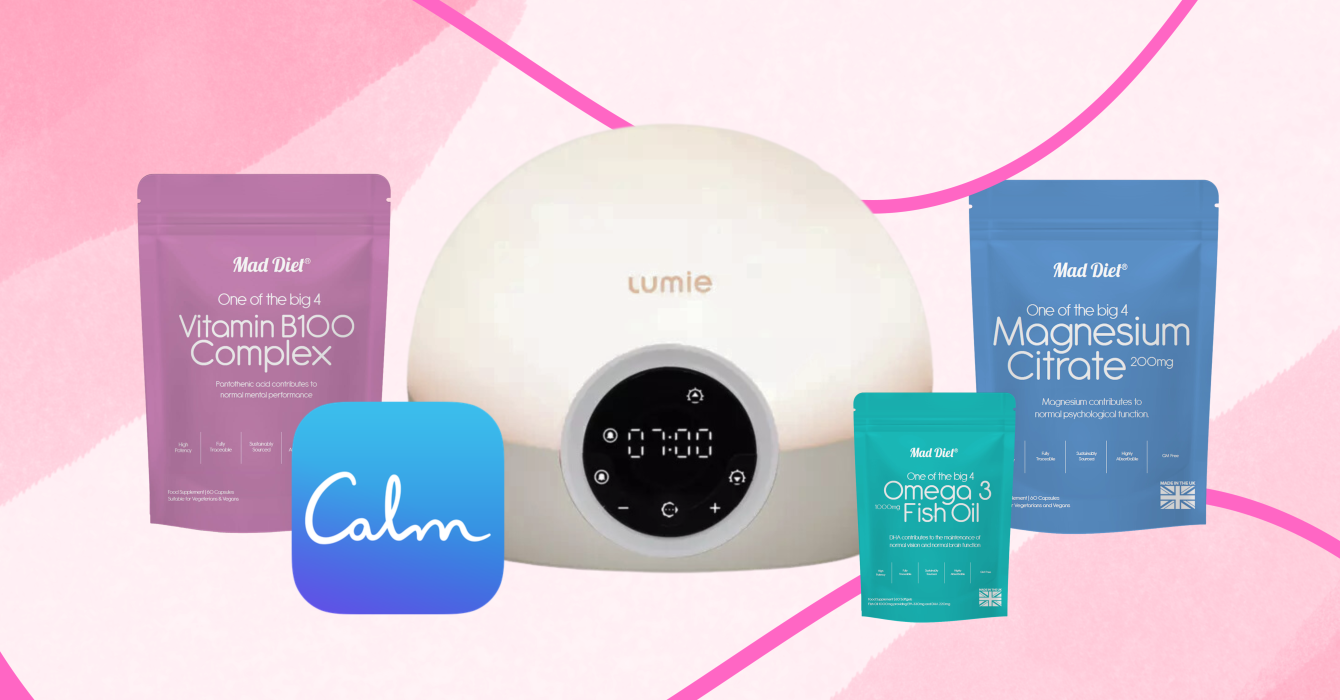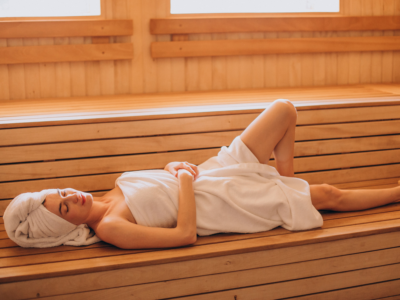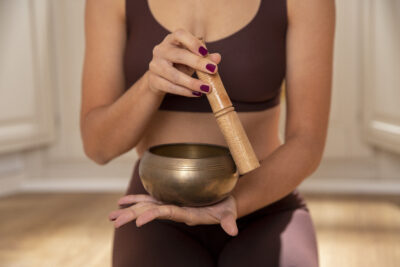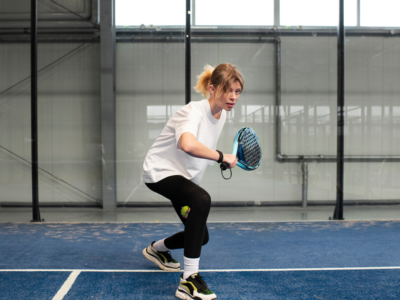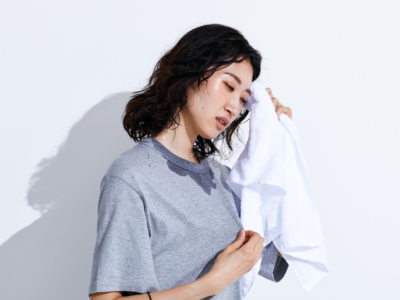Here’s everything you need to know about the disorder, including ways to make living with it easier
Winter is well and truly underway. For some, December can be an exciting time, thanks to the myriad of festivities and get-togethers with friends. For others, however, the dark days and bleak weather can cause a decline in mood. If these symptoms feel like more than just a bad day and start interfering with your daily life, you might be suffering from seasonal affective disorder, otherwise known as SAD.
As January rolls around, and with it, the onset of the post-Christmas blues and financial woes, these symptoms can worsen. So, how do you cope if you’re struggling? We asked the experts for their advice.
What exactly is SAD and why does it occur?
“SAD is typically defined as a type of depression that occurs during certain seasons or times of year,” explains psychotherapist Eloise Skinner. “Symptoms are usually experienced during the winter months, although they can also be experienced in summer or at other times in the year. Although there’s currently no singular cause, the experience of seasonal affective disorder may be linked to shorter days and a reduced amount of sunlight. Sunlight is thought to stimulate certain parts of the brain (those linked to sleep, appetite and overall mood) and a lack of sunlight can impact some people in a way that results in SAD.”
What are the symptoms of SAD?
According to Eloise, symptoms of SAD can be very similar to those of depression, so much so that the two mental illnesses can be hard to distinguish from each other. Although symptoms of SAD can vary from person to person, they typically include an ongoing low mood, a loss of interest in daily activities, irritability, increased stress and anxiety, changes in appetite, exhaustion and a lack of ability to focus.
How long does SAD last?
According to psychotherapist and founder of Luxe Psychology Practice Jade Thomas, the length of symptoms associated with SAD will vary from person to person. Typically, symptoms will begin in autumn, as the days start getting shorter and darker, and can last until spring. However, many people will find symptoms to be worse during December, January and February.
How can people cope with SAD?
Jade recommends that you make sure to eat well, and that you’re staying active and getting enough sleep. “It’s also important that you don’t isolate yourself within the winter months, as this can make symptoms more intense. Try to continue socialising as best as you can and talk to your friends and family about how you’re feeling — it might not feel like it, but SAD is common, and you’ll probably find that a lot of people are struggling. Be sure to plan things to look forward to and continue to regularly engage in hobbies. It’s important to remember that if your symptoms ever feel overwhelming, or like too much to handle, help is always available. If you find that you’re really struggling with winter depression or SAD, make sure you talk to a qualified mental health professional or your GP, as they’ll be able to provide you with practical strategies to overcome SAD.”
Your SAD survival guide
Although lifestyle changes are the best way to beat SAD, there are several products on the market that can help alleviate symptoms. “Light therapy can work in some individuals,” explains Jade. “SAD lamps can help stimulate the sunlight that is missing from the winter months, and although it’s not enough to help produce vitamin D, this can help with our circadian rhythm and encourage the brain to increase serotonin. Elsewhere, supplements such as vitamin D, magnesium, vitamin B and iron can also help with tiredness, but be sure to check with your GP if you are unsure, as everybody is different.”
Invest in a SAD lamp
Make dark mornings that little bit easier with the Lumie Bodyclock Spark 100. Trusted by the British Swimming Team for early-morning training, the gradually brightening light helps to promote the body’s natural sleep response without disrupting your sleep cycle. The light is fully adjustable, whether you need a bright light for reading, or a calming glow. Plus, you can choose your final light intensity for sunrise, ensuring you wake up feeling rested and ready for the day ahead. lumie.com
Take your vitamins
You might not think it, but vitamins can work wonders for your mental health. This clever bundle from Mad Diet contains four packs, each containing 60 capsules, including magnesium citrate, omega-3 fatty acids, multi-strain probiotics and a vitamin B100 complex. Research has found that magnesium citrate may help reduce stress and anxiety, while a number of studies have shown that omega-3 fatty acids may be particularly effective as a treatment for depression. Elsewhere, probiotics may help boost mood and cognitive function, as shown by recent studies delving into the gut-brain connection, while vitamin-B100 can support energy levels. maddiet.co
Make use of mindfulness apps
The Calm Android and iOS apps are great tools to have in your SAD toolkit. The app boasts everything you need to help tackle symptoms, including guided meditations for when you need a moment of Zen, sleep stories narrated by the likes of Matthew McConaughey and brand-new 10-minute Daily Calm activities that help to set you up for the day. Elsewhere on the app, you’ll find gentle guided stretches to help you unwind and a library of music and sounds to help you drift off easier. calm.com
View this post on Instagram
A post shared by IIN | The world’s leading health education platform (@nutritionschool)

